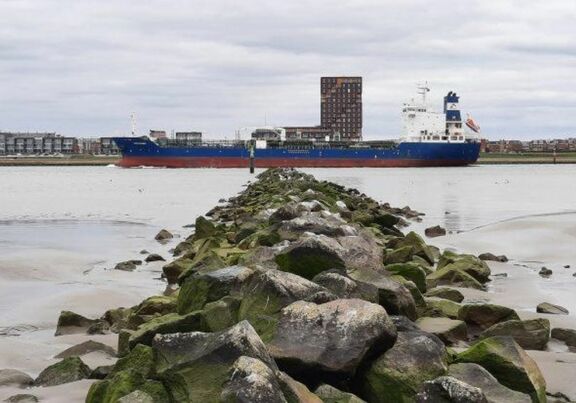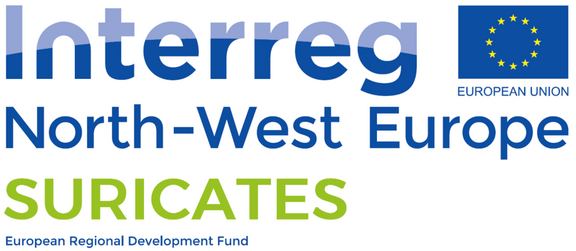Re-using sediment in Port of Rotterdam
The Suricates project (Sediment Use as Resource in Circular And Territorial EconomieS) implements new large scale solutions for re-using sediments in ports, waterways and Coastlines of North West Europe (Interreg NWE programme). Solutions are available to the authorities, port and waterway managers and experts in erosion control.

Re-using sediment in Port of Rotterdam
The Suricates project (Sediment Use as Resource in Circular And Territorial EconomieS) implements new large scale solutions for re-using sediments in ports, waterways and Coastlines of North West Europe (Interreg NWE programme). Solutions are available to the authorities, port and waterway managers and experts in erosion control.
To address climate change, erosion and the increased risk of flooding, attenuation measures need to be ramped up continuously, and this involves large quantities of natural sources. At the same time, EU ports and waterways providing access for shipping are faced with the problem of managing dredged sediments, totalling 200 million m3 / year (80 million tonnes).
Today, just 1% dredged marine sediments ( 800.000tonnes / year) are re use. The aim of the European project Suricates is to increase the re use of these sediments to combat the risks of flooding and erosion.
Regional resilience
In order to improve regional resilience to climate change, erosion and flooding, plans have been made to re uses sediments at three Suricates pilot sites, located in the NWE zone:
- Port of Rotterdam (Netherlands)
- Scottish Canals (Scotland, UK)
- and La Hisse (Saint Samson sur Rance, France)
Overall 220.000 tonnes of sediments will be use as raw material in for innovative projects, for the building of resilient protection systems.

Pilot project Rotterdam
The large-scale (200.000 tonnes / 500,000 m3) reallocation of sediment in the port will restore a more natural sediment balance in the port and contribute to erosion and flood protection of the shore. The project is carried out with Port of Rotterdam and supported by RWS and Deltares.
The aim and reason is to determine the sediment balance before during and after reallocation. Living lab projects based on Building with Nature often struggle to determine the exact impact of the intervention, in this case the impact on the sediment balance around the Maesland barrier (Nieuwe Waterweg). The combination of intensive surveys and new measurement techniques accurately determines this sediment balance, and thus the effectiveness of the reallocation.
By putting the dredged sediment on stream, the foreshore development of the building with nature project "Groene Poort" will be enhanced and monitored.
